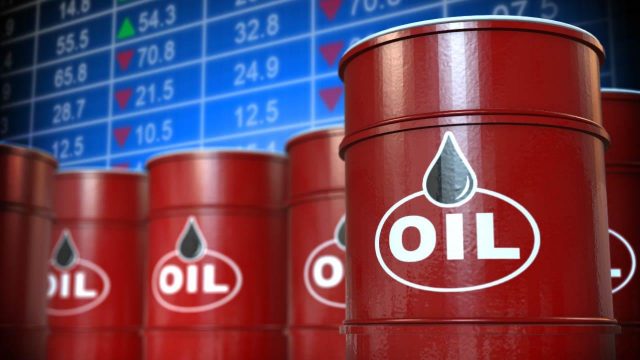SAT 19 FEB, 2022-theGBJournal- According to the recently released GDP report by the National Bureau of Statistics (NBS), the Nigeria economy grew by 3.98% y/y in Q4-21 (Q3-21: 4.03% y/y).
The outturn outperformed Cordros’ (+2.44% y/y), and Bloomberg’s consensus (1.40% y/y) estimates, with the deviation stemming from a better-than-expected growth outcome in the non-oil sector.
The Q4-21 tally brought the full-year growth print to 3.40% (2020FY: -1.92% y/y) – reflecting that the economy has recouped all pandemic losses. The sustained growth momentum, albeit lower compared to Q3-21, was primarily driven by the non-oil sector, reflecting gains associated with the seasonality effect in agriculture, sustained normalisation of economic activities, and improved credit to the private sector.
Specifically, our attribution analysis showed that the positive contribution of the non-oil sector (+4.46%) to the total GDP growth offset the negative contribution from the oil sector (-0.47%). Given the better-than-expected outturn in Q4-21, we have revised our estimates for Q1-22 and 2022FY growth upwards to 2.81% y/y and 2.92% y/y, respectively.
Decrepit Infrastructure Continues to Dampen Oil Sector Performance
In 2021FY, the oil sector’s performance reflected the troika impact of (1) low investments, (2) infrastructure decay, and (3) COVID-19 induced complexities.
According to the Nigerian National Petroleum Corporation (NNPC), Nigeria’s crude oil output losses amounted to 57.38mb in 11M-21 (or an average of 171.81kb/d during the same period) – Forcados, Bonny and Qua Iboe terminals were the most affected during the period. In Q4-21, crude oil production (excluding condensates) settled at 1.34mb/d (Q3-21: 1.35mb/d) – the lowest since 2001 when the OPEC started keeping crude oil production records for its members.
If we include condensates, crude oil production settled at 1.50mb/d in Q4-21, cascading to a decline of 8.06% y/y in the Oil GDP. Overall, crude oil production (including condensates) averaged 1.60mb/d in 2021FY (2020FY: 1.78mb/d).
Non-Oil Sector Remains the Engine of Overall GDP Growth
As stated earlier, the non-oil sector remains the predominant driver of the growth in the broad economy. Specifically, the sector grew by 4.73% y/y in Q4-21, albeit slower than the growth recorded in Q3-21 (5.44% y/y) due to the fading impact of the low base from the prior year.
Decomposing the GDP by sectors, we highlight that Industries (-0.05% y/y vs Q3-21: -1.63% y/y) recorded its third consecutive quarter of decline given the persistent contraction in crude oil production and refining.
On the other hand, the Agriculture (3.58% y/y vs Q3-21: 1.22% y/y) and Services (+5.58% y/y vs Q3-21: -8.41% y/y) sectors posted stronger growth. For 2021FY, we highlight that the Agriculture sector grew by 2.13% (2020FY: 2.17%) while Services grew by 5.61% (2020FY: -2.22%). At the same time, the Industries sector sustained its decline, contracting by 0.47% (2020FY: -5.85%).
Having factored in the upside and downside risks, we have revised our estimates for Q1-22 and 2022FY growth upwards to 2.81% y/y (Previously: 2.09% y/y) and 2.92% y/y (Previously: 2.65% y/y), respectively.-With Cordros Research
Twitter-@theGBJournal|Facebook-The Government and Business Journal|email: govandbusinessj@gmail.com|










